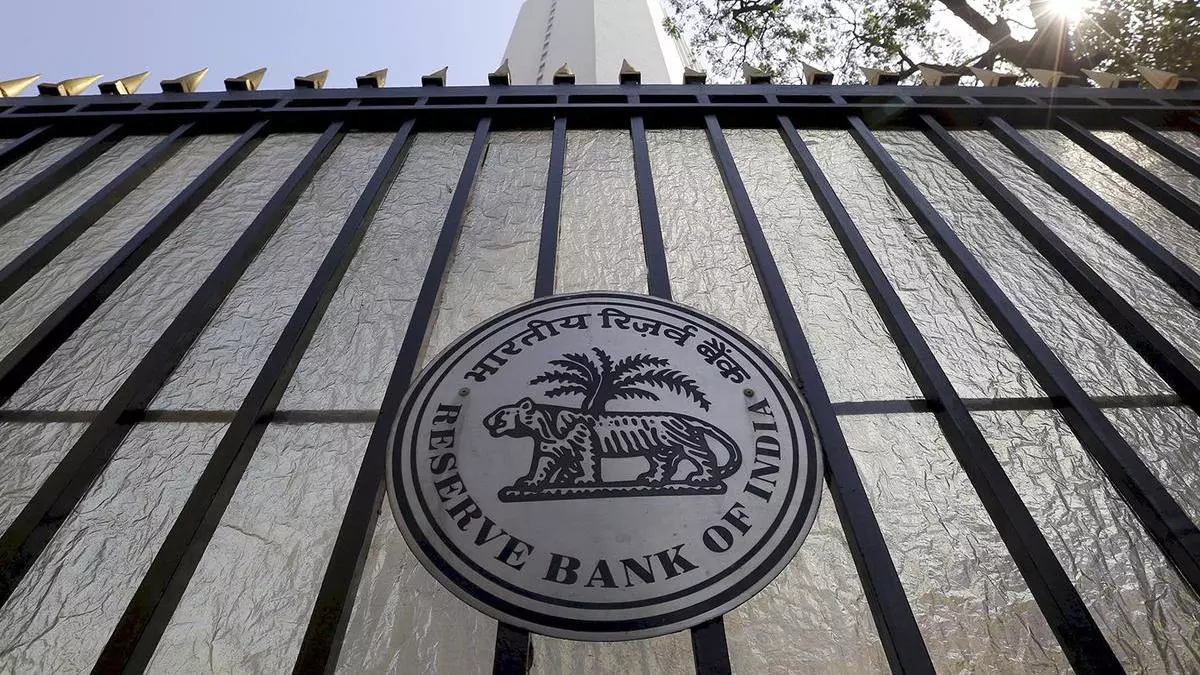Evergreening of stressed loans: RBI tightens norms for lenders’ investment in AIF units
The Reserve Bank of India has tightened norms for lenders relating to making investments in units of Alternative Investment Funds (AIFs) to address concerns relating to possible evergreening of stressed loans.
The central bank is seeking to put a stop to transactions that entail substitution of direct loan exposure of lenders to borrowers with indirect exposure through investments in units of AIFs as such transactions lead to concealment of the real status of stressed loans.
An AIF is a privately pooled investment vehicle, which collects funds from investors, for investing it in accordance with a defined investment policy for the benefit of its investors.
The RBI said lenders cannot make investments in any scheme of AIFs, which has downstream investments either directly or indirectly in a company that has borrowed/ debtor company (currently has or previously had a loan or investment exposure anytime during the preceding 12 months) from them.
Liquidation time
In case lenders have aforementioned kind of investments, they have 30 days to liquidate them. Further, if lenders are not able to liquidate their investments within this time limit, they have to make 100 per cent provision on such investments.
The aforementioned norms are part of RBI’s circular on “Investments in AIFs” issued to commercial banks, urban co-operative banks, all-India financial institutions and non-banking finance companies, including housing finance companies.
The central bank prescribed full deduction from lenders’ capital funds if they have investments in the subordinated units of any AIF scheme with a ‘priority distribution model’.
Under priority distribution model, certain schemes of AIFs have a distribution waterfall in such a way that one class of investors (other than sponsor/ manager) share loss more than pro rata to their holding in the AIF vis-à-vis other classes of investors/ unit holders, since the later has priority in distribution over former.
The tightening of norms relating to investment in AIFs comes in the wake of RBI Governor Shaktikanta Das, in a May 2023 speech, drawing the attention of bank directors to central bank supervisors coming across certain instances of lenders using innovative ways to conceal the real status of stressed loans.
“To mention a few, such methods include bringing two lenders together to evergreen each other’s loans by sale and buyback of loans or debt instruments; good borrowers being persuaded to enter into structured deals with a stressed borrower to conceal the stress; use of Internal or Office accounts to adjust borrower’s repayment obligations; renewal of loans or disbursement of new / additional loans to the stressed borrower or related entities closer to the repayment date of the earlier loans;…,” Das said.
The Governor then underscored that RBI also came across a few examples where one method of evergreening, after being pointed out by the regulator, was replaced by another method.
Evergreening modus operandi
Banking expert V Viswanathan said a debtor company due to repay a loan or instalment (but is not having liquidity to pay) can give a list of mutual funds/fund houses, which have invested either in their equity or debts through AIFs, to the lender.
This list can also include AIFs, which have not invested in the debtor company so far, but the the company is eligible for an investment from them.
“The lender invests in the AIF with an understanding that the money will in turn be invested partly or fully in its debtor company.
“The debtor company uses the funds received from AIF (mostly as debt) and repays the lender on due date. This company gets additional finance or fresh funds from the lender after clearing old dues,” he said.
AIF industry reaction
A senior AIF official said: “This (circular) is basically the RBI throwing the baby with the bathwater. To solve the issue of evergreening of loans they have made it virtually impossible for any RBI regulated entities, especially banks and NBFCs, to invest into an AIF.
“Most private sector banks run asset management companies, which also run AIFs. Banks invest into AIFs and if that AIF invests in a listed company, that listed company for a period of 12 months prior cannot do business with the bank. This vastly reduces the pool of investable assets for AIFs.”
Neha Malviya Kulkarni, Chief Growth Officer, SuperNAV, an international fund set-up advisory, observed that any lender which is required to liquidate its investment in the AIF within the 30-day redemption period outlined in this circular will have to redeem it based on the prevailing Net Asset Value (NAV) of the AIF. Consequently, they might face a significant reduction in the value of their initial investment, given that these AIFs are geared towards generating returns for their investors over a long-term horizon.
Alternatively, lenders must allocate 100 per cent provision in their Books for the invested amount, thereby restricting their capacity to utilize the mentioned sum in any other financing activity.
Industry participants plan to reach out to RBI for more clarity on the circular.
